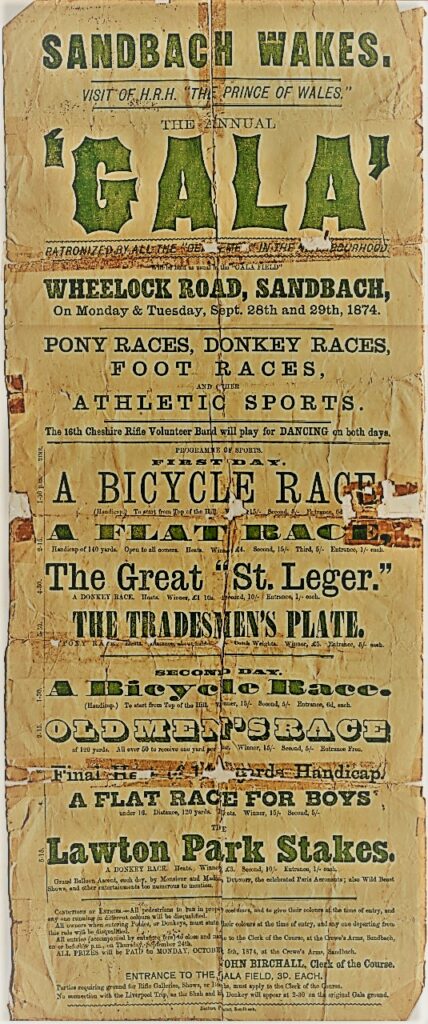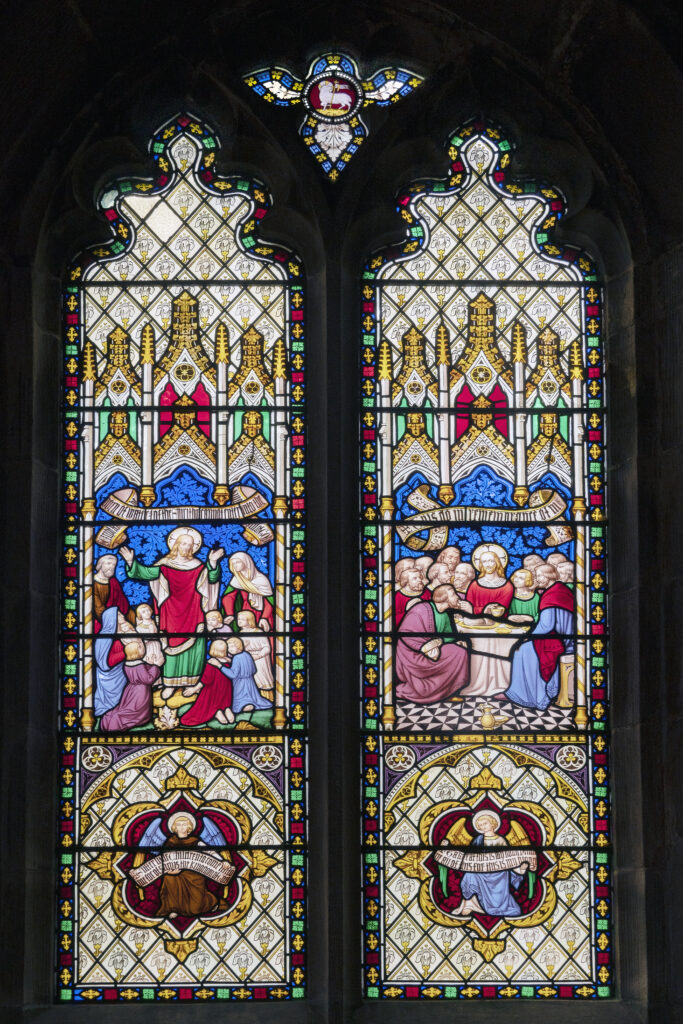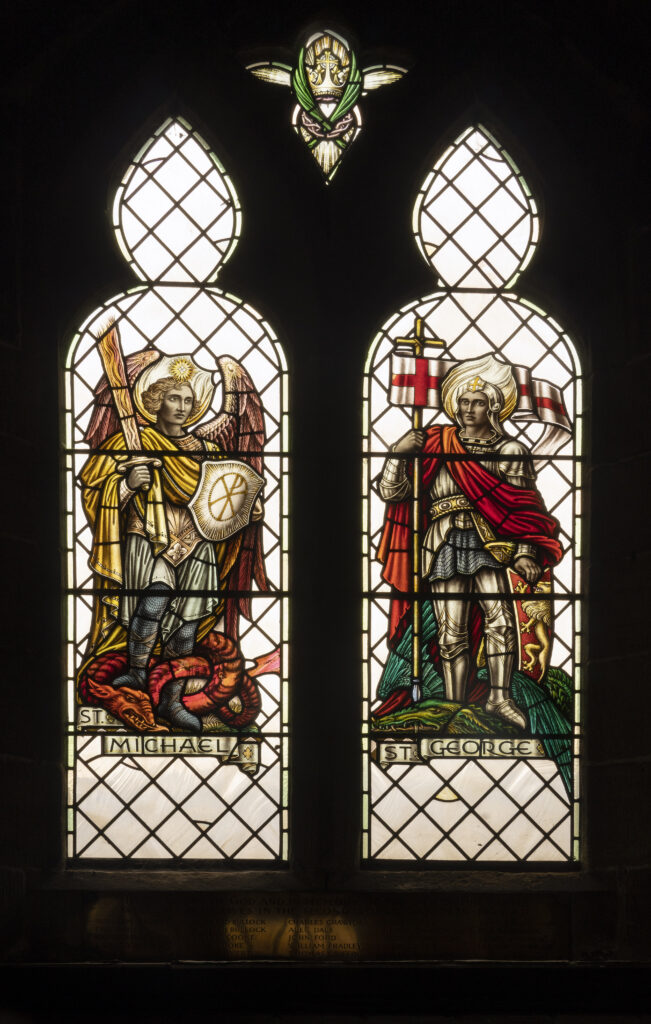Congleton Museum will be the new home of 8000 Roman coins discovered in Peover in 2016. Over the next 12 months volunteers will sort, classify and photograph the coins so that they can be displayed online. See the article from the Chronicle below.
Englesea Brook Museum – 250th anniversary of birth of Hugh Bourne
In 2022 Englesea Brook Museum will be leading the celebrations of the 250th anniversary of the birth of Hugh Bourne, one of the founders of Primitive Methodism, a movement of particular relevance to Cheshire as it grew out of a series of meetings held on Mow Cop, and Cheshire from then on continued to serve as its spiritual base.
Also a launch event for the 2022 celebrations which is to be held at the John Rylands Research Institute and Library in Manchester, with Barbara Easton VP, Professor David Bebbington and Dr Jill Barber. More information on this event will be available nearer the time on our website at www.engleseabrook.org.uk.
Cheshire Archives Blog
Cheshire Archives and Local Studies has a new blog, called Explore Your Archive: Archive Extremes!
Inspired by Explore Your Archives week, it contains not only the smallest and biggest items held in our collections, but also the oldest, heaviest, brightest and even the oddest! The blog is available at http://cheshirero.blogspot.com/2021/11/explore-your-archive-archive-extremes.html –
Sandbach Wakes September 1874
Stephen Minshull has sent us an image of a poster advertising the annual Gala which took place during the Sandbach Wakes (holidays) in September 1874. It was held in Gala Field on Wheelock Road though it is not clear where this was. Can anyone help us? The visit of the Prince of Wales that is mentioned is presumed to be the visit to Liverpool during this week which is mentioned in the Liverpool Post. We don’t think he actually came to the Sandbach Gala! The earliest mention of the Sandbach Wakes in newspapers is 1877. It appears that the local pubs did good business from visitors from the Potteries.

Sandbach Street Names
Sandbach has all these categories represented. For example the place of a market is indicated by Market Square but also inferred in High Street/Hightown. Geographical features figure in names such as Fields Drive, Sandy Lane; evidence of tradesmen can be found in Foundry Lane and Mill Lane. There are 32 street names indicating the location of important places, like Church Street and Station Road, and over 40 distinguished individuals are named. Foden’s is well represented with no fewer than 16 street names with Foden connections.
A local radio station contacted the Society last year to ask if there were any interesting stories behind the names of Sandbach streets. Sandbach street names seemed an interesting topic to research and I am currently building up a database. Examining up-to-date maps of the area (Sandbach, Elworth, Sandbach Heath and Wheelock) I have, so far, recorded 388 names.
Streets were given names over a long period, starting in the Middle Ages. Early street names might refer to the place of a market; a nearby tree or river; a geographical feature; the location of a tradesman; the name of a distinguished individual or a town to which the road might lead.
Sandbach Heath has a monopoly of streets named after tress and Elworth has most of the streets named after birds. In Ettiley Heath there is an estate given over to streets with literary connections.
It is interesting to examine the names given to the streets on the new housing developments. On the estate off Old Mill Road can be found the names of butterflies, as well as a reference to the former waterworks. The estates off Middlewich Road (Abbeyfields, etc.) have mainly rural names as well as a reference to a former holder of the Manor of Sandbach.
In Wheelock can be found street names with canal connections and those streets named after people commemorate those named on the war memorial. There are more names of an agricultural origin on the estate off Congleton Road but also a reference to the Skirmish of 1615 with Pipers Hollow.
Of the 10 most popular street names in England, (High Street being the most popular) Sandbach has 6.
Although Cheshire East Council has a department dealing with street names – putting them out for consultation after submission by builders/developers – it seems that they do not keep a record of the reasons given for the proposed names. It seems a pity to lose the background to something which is an important part of local identity and in my database I am attempting to rectify that situation by recording likely reasons for the naming of each street.
John Higgins
12.09.21
Can you help Cheshire Archives?
A message from Cheshire archives:
Uncover Archive Gems! We need you to test a prototype site and tell us about the experience before we can apply for funding to roll it out for lots more townships across Cheshire … book a session and if you have a qualifying postcode we’ll send you the links you need to take part. More info here Uncover Archive Gems Tickets, Multiple Dates | Eventbrite
Essential: you must currently live in Nantwich, Wharton, Sandbach, Bollington, Lache or Malpas. Desirable: you don’t really know our service very well! (If you do, you can still help – please ask your family, neighbours and friends who don’t know about archives … yet!)
How not to write Local History
In a recent BALH (British Association of Local History) talk about Self-Publishing the speakers, John Chandler and Dr Heather Falvey, also provided some advice about writing local history. The advice is summed up well in the transcript of a talk given by Professor Finberg who was the first person to hold the title of Professor of Local History when he was Head of Department at Leicester University in the 1960s. A link is given below:
Archiving Digital Records
This BALH talk was given by Ellie Pridgeon on May 2nd 2021 about archiving both society and individual digital records. Now that almost all communication is electronic and very little is handwritten it is important that digital documents, photographs and important e-mails are archived. Most digital documents are now “born digital” records rather than copies of paper records.
Ellie explained about “bit rot” which means that digital records in time will degrade and eventually some will not be readable. This is especially true if the records are being regularly accessed and amended. So important documents should be archived (and kept secure and not accessed) and a copy made which can be used. Images should be retained in TIFF file format.
Ellie said that three copies of digital records should be kept: one on the hard disk of the computer, one in cloud storage (such as BT Cloud) and one on an external drive or data pen. Depending on usage, data pens and hard drives have a life of around 5 years (and speaking from experience, it is important not to rely on a data pen). Important e-mails should be archived outside of the e-mail system where possible; using the archive facility in (say) Outlook just stores them in a different folder on Outlook. Important files should be stored as pdfs for example, and not as software-specific files. Ellie gave the example of Photoshop files which can only be opened by Photoshop software.
Ellie then reminded us that web sites are transitory and may be removed and changed over time. In order to keep an archive of web pages there are three possibilities:
Use Screen Capture software – this is built into Windows computers (using CTRL and prt sc will capture the screen so it can be pasted into Word for example. Alternatively, there is the Snip and Sketch utility in Windows 10. Apple computers have a similar facility.
Using the UK Web Archive (www.webarchive.org.uk) – once a year a large number of web sites are archived and can then be accessed when they are no longer available.
Using Web recording – this is a new facility whereby all the interactions with a website (including videos) can be recorded. For example, the web pages relating to the 1418now website (http://www.1418now.org.uk) , the record of WWI centenary arts commissions (including the poppies artwork and the film “They Shall Not Grow Old”) has been archived in this way for posterity.
St Mary’s Stained-Glass Windows
Background
Before the nineteenth century most memorials in Anglican Churches took the form of sculptures and wall tablets and this can be seen in St Mary’s along the walls of the north and south aisles. Any stained-glass windows usually dated back to medieval times and many of these were destroyed following the Reformation. However, with the advent of the Gothic revival in church architecture following the large investment in church building in the early 1800s, stained-glass windows came back into fashion and by the end of the century British stained glass held a leading position in the world. In the Victorian period at least 80,000 windows were supplied to churches in England and Wales.
The new windows copied the medieval principles and designs and this can be seen in the windows in St Mary’s which all date from the middle of the nineteenth century when the church was restored and extended by George Gilbert Scott and his team of architects, masons and glass makers. The revival was to a large extent due to the Anglo-Catholic Oxford Movement which, as well as a return to pre-Reformation Christian traditions also emphasised visual demonstrations of faith such as candles, vestments and stained-glass windows. Whilst St Mary’s Church under the leadership of the Rev John Armistead was not in the vanguard of these developments, nevertheless the use of stained-glass to illustrate Biblical stories and themes is used extensively in the church.

